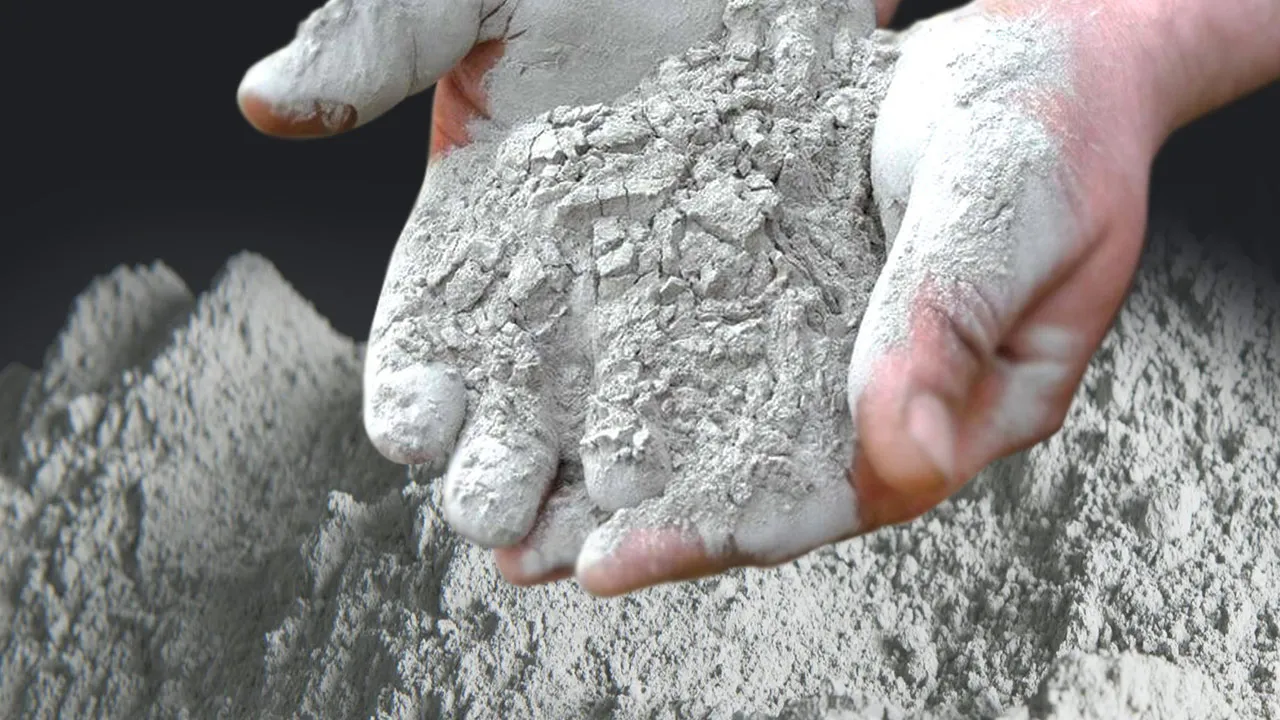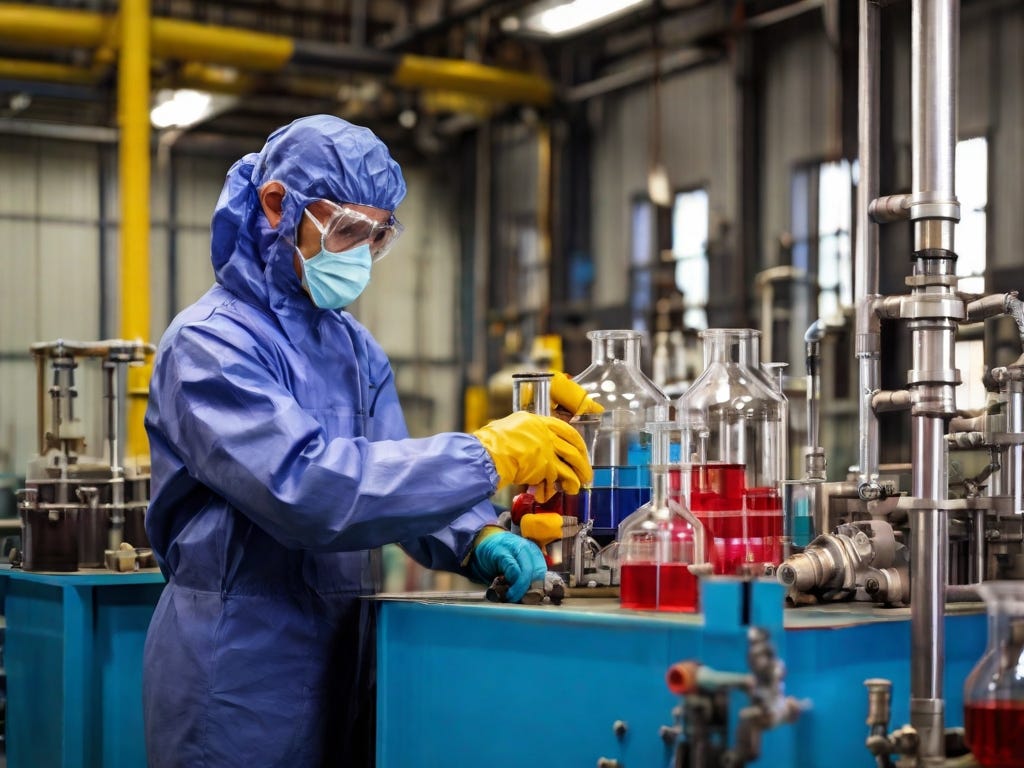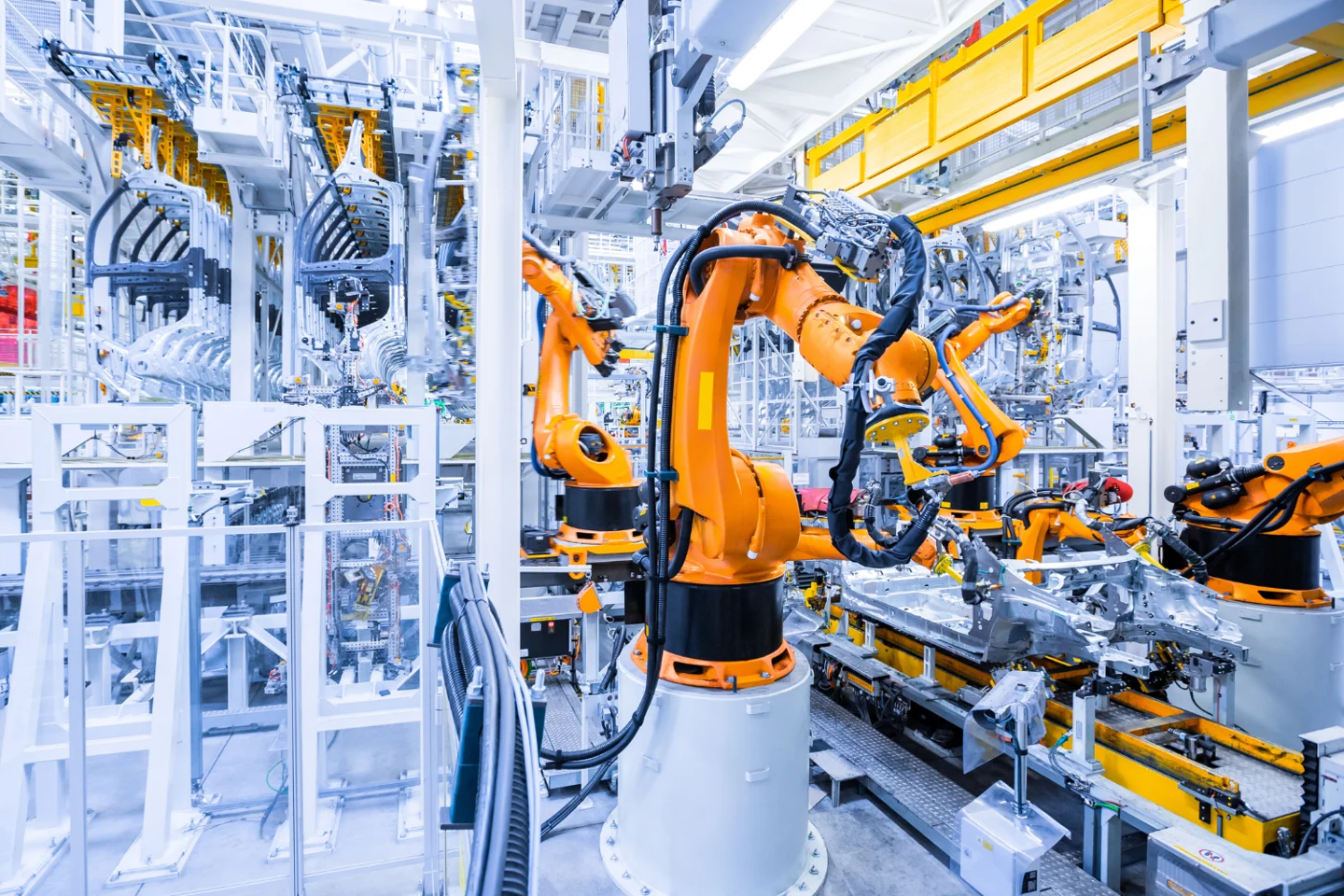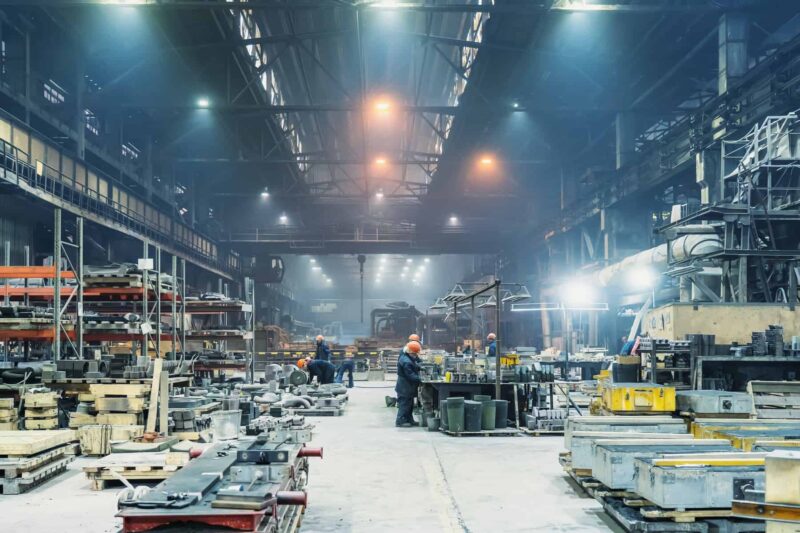Countless products in our modern world exist to make our lives more convenient and easier. But have you ever stopped to think about the incredible journey these everyday items go through, from raw materials to the finished goods we use? It’s a fascinating process that involves intricate steps and a wide range of specialized materials.
From the clothes we wear to the electronics we rely on, nearly every product has undergone an extensive transformation to reach its final form.
The manufacturing processes that convert raw materials into functional and desirable products are not only impressive feats of engineering and science but also vital to sustaining our modern way of living.
Understanding Raw Materials
The first step in any manufacturing process is sourcing the raw materials needed to create the desired product. According to the folk over at Trecora, these can come from natural sources like plants, animals, or minerals, or be synthesized from chemical compounds. Some common examples are:
- Metals (iron, aluminum, copper)
- Plastics (polyethylene, polypropylene)
- Textiles (cotton, wool, synthetic fibers)
- Woods and plant materials
- Petroleum-based products
- Specialty chemicals
The Transformation Process

Once the raw materials are obtained, they undergo a series of steps to transform them into useful components or finished goods. This can involve various manufacturing techniques, such as:
Refining and Purification
Raw materials are often processed to remove impurities and undesirable elements, leaving only the desired compounds or materials behind.
Chemical Reactions
In many cases, raw materials are combined and subjected to chemical reactions to create entirely new substances with specific properties. This is common in industries like pharmaceuticals, plastics, and specialty chemicals.
Forming and Shaping
Processes like molding, extruding, stamping, and machining are used to shape raw materials into the required forms and components.
Assembly
Individual components are brought together and assembled using techniques like welding, fastening, or bonding to create complex products.
Finishing
Final steps may include surface treatments, coatings, painting, or other processes to enhance the appearance, durability, or functionality of the finished product.
Quality Control
Throughout the manufacturing process, rigorous quality control measures are implemented to ensure the products meet safety, performance, and regulatory standards.
The Role of Specialty Chemicals

In many industries, specialty chemicals play a crucial role in enabling and enhancing various manufacturing processes. These highly engineered compounds impart specific properties or functions. Examples are:
- Catalysts ─ Accelerate chemical reactions.
- Plasticizers ─ Improve the flexibility and workability of plastics.
- Surfactants ─ Enhance cleaning, wetting, or dispersing abilities.
- Coatings ─ Provide protective or decorative finishes.
- Adhesives ─ Bond materials together.
Using specialty chemicals allows for greater efficiency, improved product quality, and the creation of advanced materials with unique characteristics.
Environmental Considerations
As manufacturing processes have evolved, there has been an increasing focus on minimizing environmental impact and promoting sustainability. This includes efforts to:
- Reduce waste and emissions.
- Incorporate recycled or renewable materials.
- Develop eco-friendly alternatives to harmful chemicals.
- Optimize energy and water usage.
- Implement closed-loop systems for material recovery.
Adopting greener practices means manufacturers can not only minimize their ecological footprint but also potentially reduce costs and improve public perception.
The Future of Manufacturing

Looking ahead, the manufacturing industry is poised for continued innovation and transformation. Emerging technologies like 3D printing, robotics, and artificial intelligence are already revolutionizing production methods and enabling new levels of customization and efficiency.
Additionally, advancements in materials science and nanotechnology are leading to the development of advanced materials with unprecedented properties, opening up new possibilities for product design and performance.
Conclusion
As our understanding of raw materials, processes, and their interactions deepens, we can expect to see even more remarkable products that enhance our lives in ways we can barely imagine today.


